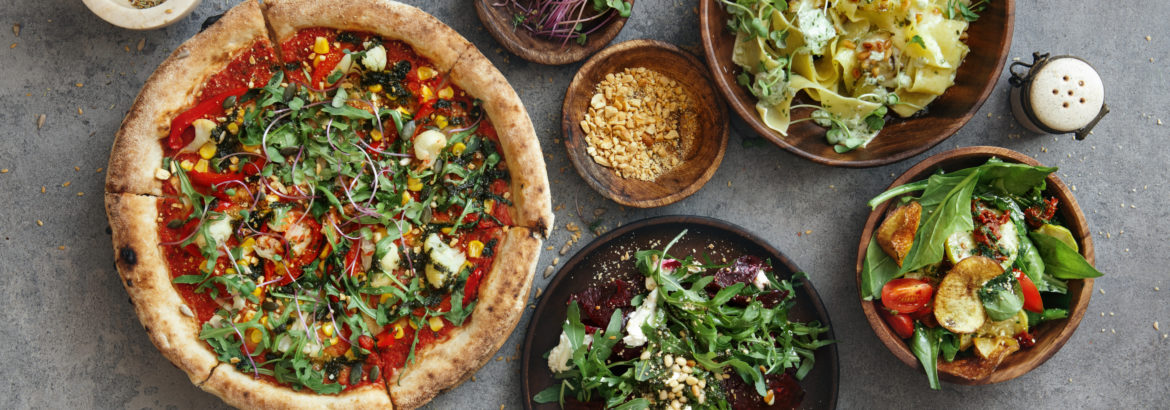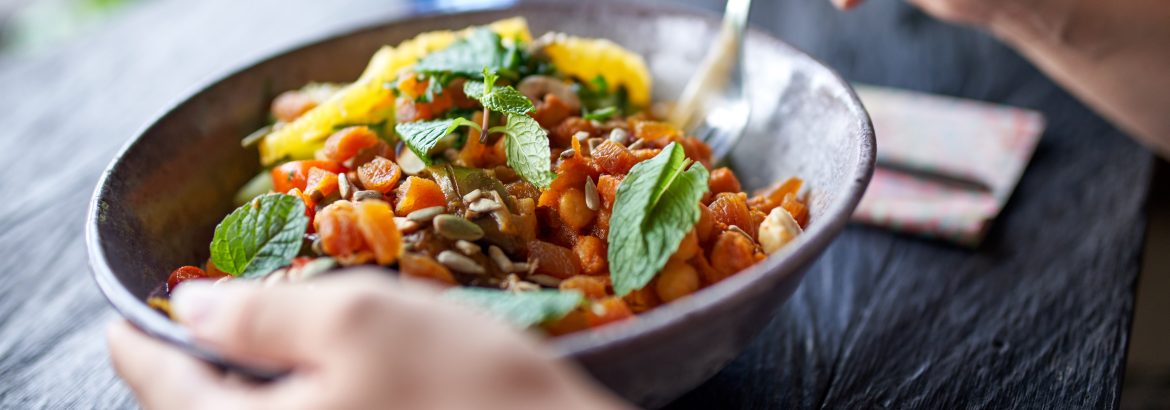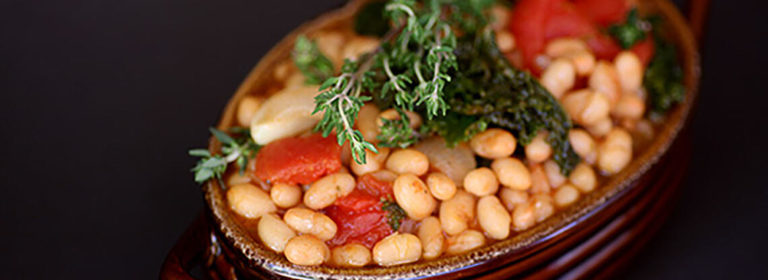“Going green” never sounded better as produce continues to dominate menus in 2022. Supply-chain issues, labor concerns, healthier lifestyles, and more have affected shifts and attitudes regarding how the foodservice industry approaches fruits and vegetables.
To that end, we chat with several experts, who offer their insights on the evolution of vegetable-centric dishes. From playing up umami-rich offerings to embracing a larger than ever variety of vegetables, they discuss what to expect in the next 12 months.
Markon, of course, is always at the forefront of foodservice trends. The premier produce resource offers a product line of more than 800 fresh fruit and vegetable options from which to choose. They’re also backed by a highly rated 5-Star Food Safety Program, which gives operators more confidence in what they serve.
“We’re solutions oriented and work closely with our customers to put more produce on plates,” says Deena Ensworth, Culinary Innovations Director, Markon Cooperative. She adds that the likes of Brussels sprouts and cauliflower continue to be popular, and she expects off-the-beaten path global offerings to hit mainstream in 2022.
“The Filipino favorite ube (purple yam), the bright flavors of yuzu (especially in beverages), and the vibrant color of hibiscus” are making inroads, she continues. “Mushrooms are also big for many reasons: their meat-replacement capabilities, their umami-rich flavor, and their nutrient-dense, immunity-boosting properties.”
Culinary techniques are also responsible for putting vegetables front and center, explains Cathy Holley, Publisher/Editor-in-Chief of Flavor & The Menu, and president of The Flavor Experience. Most notably, she says, are high-heat methods, such as pan frying, applied to Brussels sprouts to make them “crave-able” for even the most vegetable-adverse diner.
“That will continue in 2022 and far beyond,” Holley predicts. “We’ve seen Brussels sprouts, of course, plus beets and cauliflower are also really taking off, and there’s roasted carrots and harissa on trend-forward menus right now. What I am looking forward to seeing is more produce items that are benefiting from such things, such as parsnip or even heartier greens.”
Holley expects chefs to experiment as much possible. That includes playing around with proteins, says Nicholas Gonring, who serves as Corporate Consulting Chef for Gordon Food Service (overseeing its North American culinary department). With meat prices at an all-time high due to supply issues, he recommends chefs using them conservatively, adding nuanced flavor profiles to vegetables. He calls them “protein inclusions.”
Gonring adds: “We’re talking about miniscule amounts of them to really uplift the produce items and give them flavor because vegetables on their own don’t have crave-ability factor.
“You need something to uplift them and give them umami presence. There are things you can judiciously include to bring the flavor profile to an entirely new level. We’re not talking chicken or steak; we’re talking about small protein inclusions that would dramatically affect the crave-ability.” Olive oil and anchovies slathered on broccolini, then grilled, is an example, he says.
What’s also pushing the veg-centric trend, continues Gonring, is the fact that chefs are giving customers an experience they cannot recreate at home with plant-based products like burgers, “chicken” nuggets, and meat-free sausages. Umami-enhanced produce is a driving force that many chefs are discovering as a secret weapon.
“Those umami flavor profiles are things that will help execute vegetables to a whole different way that you’ll be more successful with,” he says. “Umami-based foods in cooking is a genius hack. It’s how you make menus resonate with diners.
“There’s psychology behind it. The flavors in your mouth get you to salivate, your whole sensory is kind of overloaded, it sends a message to your brain to make you feel like you’re receiving something that is delicious and savory, and it gives you an instant flavor memory.”
Ian Ramirez agrees that what was once an afterthought is now in high demand. In recent years, he notes, entire concepts have been created around vegetarian offerings with flavor-forward approaches.
“I feel that we have been able to figure out how to have more varieties of fresh produce on our shelves as well as applying different cooking techniques to them,” says Ramirez, Director of Culinary Innovation and Operations for Creative Dining Services. “Cauliflower has seemed to be a shining star in the vegetable world in recent years, and one of the things I keep seeing on menus is cauliflower tacos.”
By Audarshia Townsend
About Markon
Markon Cooperative, Inc. brings a fresh approach and thinking to all of its premium farm-to-table produce so foodservice operators can bring the freshest ideas to their consumers. Based in Salinas, California, Markon serves as the produce purchasing, logistics, information, and marketing partner for its five member distributors (Ben E. Keith Foods, Gordon Food Service, Gordon Food Service Canada, Nicholas & Company, and Shamrock Foods) and their North American foodservice customers. Learn more about Markon’s commitment to providing the highest-quality, safest, and freshest produce at Markon.com.




